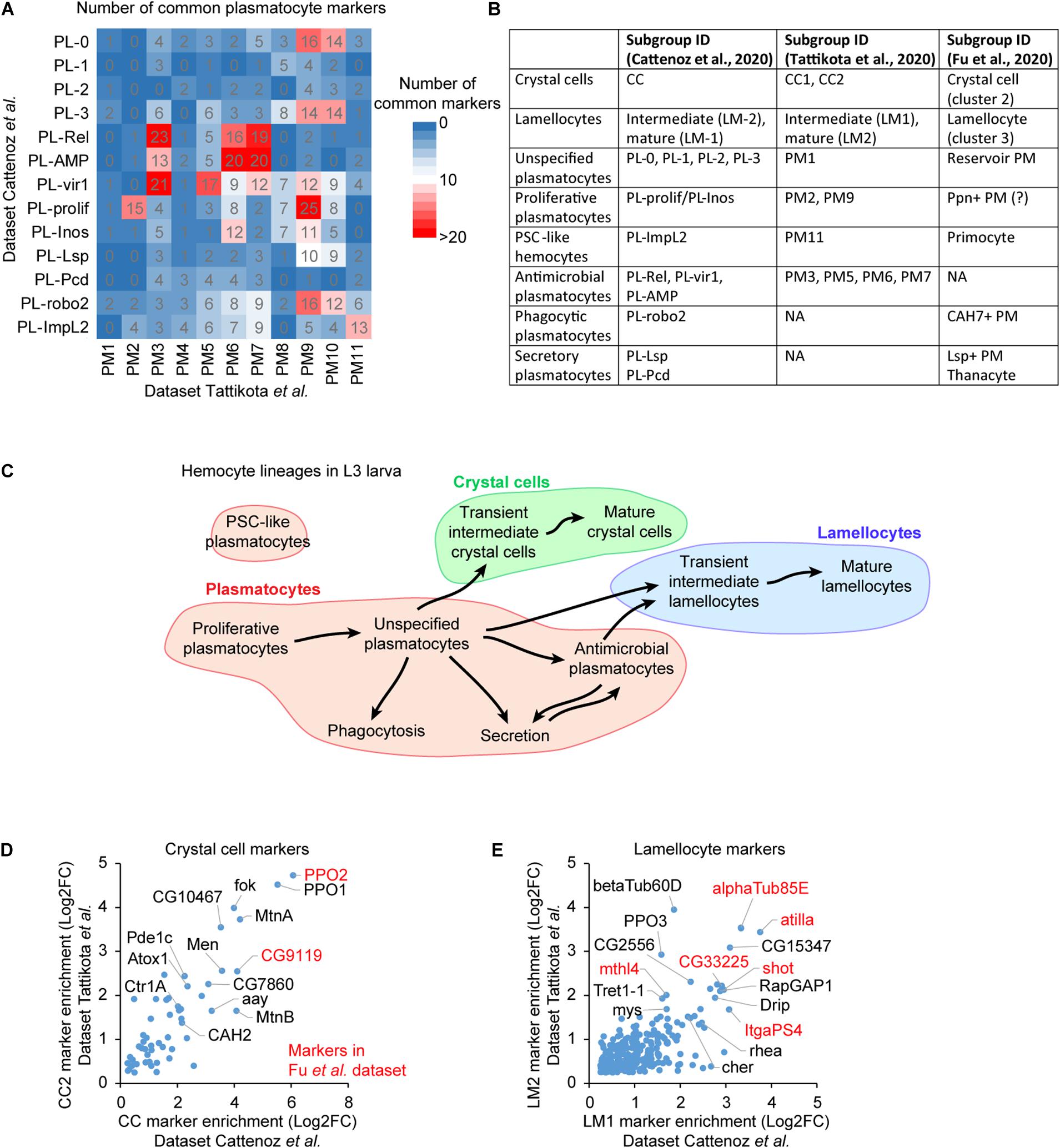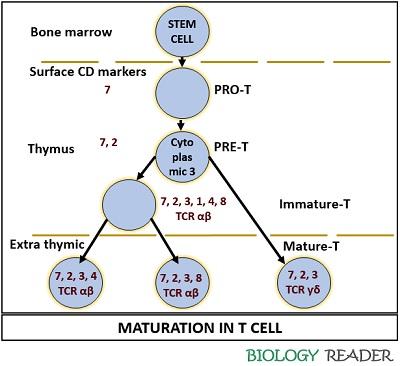

Adhesion GPCRs (aGPCRs) are the second largest of the five GPCR families, with 33 and 31 members in humans and mice, respectively. In humans, more than 800 genes encoding different GPCRs have been identified and phylogenetically divided into five discrete families: glutamate, rhodopsin, adhesion, frizzled/taste2, and secretin ( GRAFS classification). The G protein-coupled receptor (GPCR) superfamily comprises the largest class of cell membrane receptors found in metazoan proteomes. The zebrafish aGPCR repertoire, classification, and nomenclature, together with their expression profiles during development and in adult tissues, provides a crucial foundation for elucidating aGPCR functions and pursuing aGPCRs as therapeutic targets. Our results support the notion that zebrafish are a potentially useful model to study the biology of aGPCRs from a functional perspective. Importantly, expression profiles of zebrafish aGPCRs in adult tissues are similar to those previously reported in mouse, rat, and human, underscoring the evolutionary conservation of this family, and therefore the utility of the zebrafish for studying aGPCR biology. Using quantitative real-time PCR, we have defined the expression profiles of 59 zebrafish aGPCRs at 12 developmental time points and 10 adult tissues representing every major organ system. Phylogenetic analysis suggests that most zebrafish aGPCRs cluster closely with their mammalian homologs, with the exception of three zebrafish-specific expansion events in Groups II, VI, and VIII.

We find that several aGPCRs in zebrafish have multiple paralogs, in line with the teleost-specific genome duplication. Here, we report that there are at least 59 aGPCRs in zebrafish that represent homologs of 24 of the 33 aGPCRs found in humans compared to humans, zebrafish lack clear homologs of GPR110, GPR111, GPR114, GPR115, GPR116, EMR1, EMR2, EMR3, and EMR4. Additionally, the expression profiles of the aGPCR family have never been extensively characterized over a developmental time-course in any species. However, aGPCR repertoires have not been defined in any fish species, nor are aGPCR expression profiles in adult tissues known. Zebrafish have proven to be a very effective model for studying the biological functions of aGPCRs in both developmental and adult contexts. Adhesion G protein-coupled receptors (aGPCRs) are the second largest of the five GPCR families and are essential for a wide variety of physiological processes.


 0 kommentar(er)
0 kommentar(er)
